The Essentials behind Every Chess Piece
Chess in the Spotlight
Have you ever noticed how chess pops up in movies, TV shows, and books? It's not just by chance. Chess scenes often symbolize strategy, conflict, or a battle of wits, reflecting the characters' inner struggles. Take The Queen's Gambit—this show didn't just entertain; it sparked a worldwide chess frenzy. Suddenly, everyone wanted to play chess, proving how powerful media influence can be. From Harry Potter to Searching for Bobby Fischer, chess in popular media often serves as a metaphor for life's challenges, showcasing the game's timeless allure.
A World of Chess
Chess isn't just a game; it's a universal language. Yet, it speaks with different accents around the globe. In Mongolia, you might find Shatar, a game played on a similar board but with unique moves for some pieces. Meanwhile, in Japan, Shogi takes the chess concept to a whole new level, allowing captured pieces to be returned to the board as part of the capturer's forces. These variations not just spice up the game but also reflect the rich tapestry of global cultures, embedding local values and historical nuances into each version.
Educational Journeys Through Chess
Strategies from Novice to Knight
Learning chess can feel like climbing a mountain—exciting but daunting. However, breaking it down into manageable steps makes the journey enjoyable. Imagine a blog series that starts with the basics: how to set up the board, the roles of each piece, and opening strategies. As readers progress, they can explore deeper tactics, like the art of the pin, the fork, and eventually, advanced strategies that delve into opening theories and endgame techniques. Tailoring content to each skill level not only helps learners climb the chess mountain but also builds a community of enthusiasts eager to share their progress.
The Mind Behind the Game
Chess is more than just a game of moves; it's a mental marathon. Discussing the psychology of chess opens a window into the minds of players, revealing how the game enhances decision-making skills, boosts patience, and teaches the value of strategic planning. Moreover, chess has been shown to improve mental health, offering a form of meditation, reducing anxiety, and even delaying the onset of dementia. An article series delving into these aspects could offer readers insights into how chess shapes not just players' games but their lives.
Chess Sets: More Than Just Pieces on a Board
Ever thought about what goes into making a chess set? It’s not just about carving some wood or moulding some plastic into the shapes of knights and pawns. There’s a whole world of art, history, and craftsmanship behind those pieces you move around the board, plotting your next win.
How Chess Set Design Got Its Groove
Chess didn't start off with the fancy sets we see today. Back in its early days in India, around the 6th century, chess pieces were pretty basic. But as the game travelled—first to Persia, then across the Islamic world, and eventually making a grand entrance into Europe—people started getting creative. They began to infuse their chess sets with a bit of local flavour, making each piece a small work of art that reflected their culture and craftsmanship.
Enter the Staunton chess set in 1849, named after the chess hotshot Howard Staunton. This set was a game-changer—literally. Its design was so sleek and user-friendly that it became the go-to for tournaments. It’s like the Staunton set was saying, “Let’s make chess classy but keep it playable.”
The Craft Behind the Chessboard
Creating a chess set is a real labour of love. Artisans have been using all sorts of materials—wood, ivory (though that’s a big no-no these days for good reasons), metal, glass, and even some eco-friendly options. Each material brings something special to the chessboard, whether it’s the classic feel of wood or the cool sophistication of metal.
Wooden sets are especially beloved. There’s just something about the weight of a wooden piece in your hand, the smooth finish, the grain patterns... Each piece is carved with care, especially those knights. Have you ever noticed how detailed they are? That’s some serious skill right there.
Chess in the Age of 3D Printing
Nowadays, technology’s stepping in, and 3D printing is shaking things up. It’s letting people dream up and create chess sets that would have been a total headache to make by hand. But even with all this tech, handmade sets haven’t lost their charm. There’s just something about knowing an actual person put their time and skill into making something—that’s pretty cool.
Chess Sets That Tell Stories
For some folks, chess sets aren’t just for playing; they’re collectibles. Limited editions, sets that recreate historic moments, or ones that are just out-and-out art pieces—are big deals in the chess world. Every set has its own vibe, its own backstory, and that’s part of the fun. So, next time you sit down for a game of chess, take a moment to appreciate the board and pieces. Think about the journey from the simple beginnings to the intricate designs we see today. Chess sets are a blend of history, art, and yes, a bit of tech too. They’re more than just game pieces; they’re little pieces of tradition and innovation sitting right there on your chessboard.
Chess is very mind boggling of a game, and all the chess pieces have their own various implications. Chess is basically a war wherein different chess pieces take on this conflict out. Different chess pieces incorporate a queen, king, knights, bishops, rooks, and pawns. In total there are sixteen chess pieces at the beginning of the game. These pieces include one queen, one king, and eight pawns. Moreover, there are two of every one of the accompanying pieces: bishop, knight, and rook. Every chess piece has its own role and what’s more important is that every piece has importance and essentials which one has to consider thoroughly.
A lot of people forget about the importance of chess pieces and chess boards. What is even more surprising is that some of them even know the worth of a quality chess board and chess pieces yet they choose to ignore it. Since chess is that kind of a game that does not leave you alone any time soon. Therefore, you ought to give the chess pieces and chess sets that respect which they deserve holistically.
There are a lot of chess companies that claim to provide chess pieces that last for a long time. Moreover, they provide several guarantees and warranties for the durability of chess pieces. However, the stories from buyers or customers tell otherwise. That is one of the many reasons due to which people don’t pay much heed towards the chess pieces and sets.
It is high time that we should equip ourselves with not only the knowledge of chess moves but also with the chess piece sets. There are several sorts of chess pieces which make one of the finest chess boards. Amongst them, one of the best company that provides its customers with the top-notch chess pieces is The Official Staunton Chess Company. This company provides you with the best-crafted chess pieces on Earth. Such as the large wooden chess pieces provide you with that ancient classical touch of class, then come the ebony chess pieces which add their own touch to the look of the game, next in line are the Rosewood chess pieces which are one of their own kind and last but not the least, we have saved for you the best in the end, The Staunton Chess pieces. Chess is more than just a game, therefore it must be played that way and taken care of as well.
In chess, the king holds the title of being the most significant piece of the chess set and should be secured at all costs. Plus, the objective here is to seize the king of your opponent. This game has been played for approximately five thousand years and depends on the possibility of an empire with various players of changing dimensions of significance.
The king is the tallest piece on the board and is too shielded on the chess board as in medieval life. In medieval occasions, the give up of the king would mean the loss of the kingdom to attack armed forces and that could mean change for the more awful. It was to further everybody's potential benefit, from the most reduced serf to the most noteworthy ranking authority, to guard the king against mischief. The king is the most significant, yet not the most dominant piece in chess. In the event that you don't secure your king, you lose the game.
The most notable one in any government is king. This game makes a similar analogy as a government will be pulverized when a king is crushed, similarly, you are done in a game of chess when your king has been compromised.
Then comes the queen, which is second in command as it is the second most significant piece present on the chess board. It is truly very profitable in light of the fact that the queen can manoeuvre in almost every way, which makes the queen a valuable piece and could be utilise for destroying different players on the chess board. In the meantime, on the off chance that the queen is demolished, at that point, you lose that edge over your opponent.
After the king and queen, the bishop is the third most significant piece on the chess board without a doubt. The bishop is placed on one of the two sides of the queen and king. The significance of the bishop dates back to the medieval ages of Europe, as the bishop was usually next to hold the charge after the king and the queen.
Next in line is the knight. In days of yore, knights were well off people. Knights are placed on one side of the two bishops, demonstrating their place as far as riches and significance on the chess board. The knight on a chess load up speaks to the expert fighter of medieval occasions whose activity it was to ensure people of rank, and there are two of them for every each side in a game of chess.
Knights in a game of chess could really compare to pawns, however less significant than bishops, kings, or queens. Their motivation in the game of chess is to secure the more significant pieces, and they can be relinquished to spare those pieces similarly as pawns can. A knight can only move in L-shape.
Then comes the rook, which is found alongside the knight. Rook is utilised to represent the dividers of the palace. Once in a while, the rook might be known as the tower or castle. This piece can be moved both horizontally and vertically.
Last but not least, the pawns present on the board are similar to foot soldiers, or skilled workers. There is a greater amount of them than some other piece, and frequently they are yielded to spare the more significant pieces. In medieval occasions, serfs were viewed as close to the property of landowners, or asset. Life was severely hard for serfs during this period of history. They buckled down and kicked the bucket youthful. They were regularly left unprotected while wars seethed around them. They could be exchanged, utilised as a preoccupation, or even relinquished to enable the landowners to escape hurt.
Whenever you set up your chess board and prepare to make an agreeable showing or two, consider chess a history exercise. The pieces on the load up speak to a lifestyle that is no more, and the genuine dramatizations that happened in medieval occasions are presently just a game.



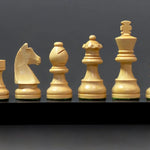
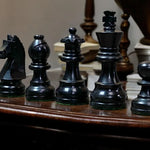
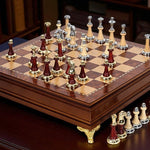
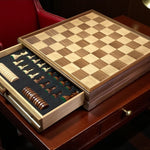
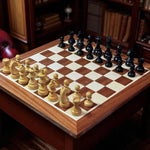

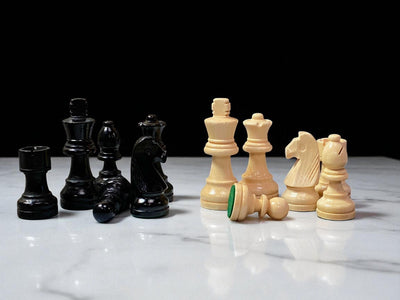
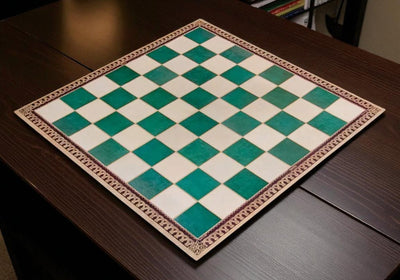
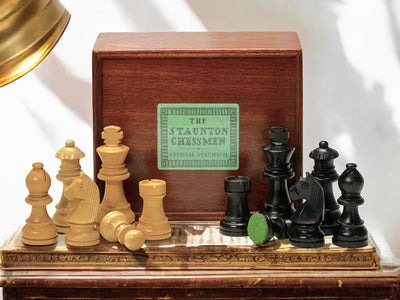
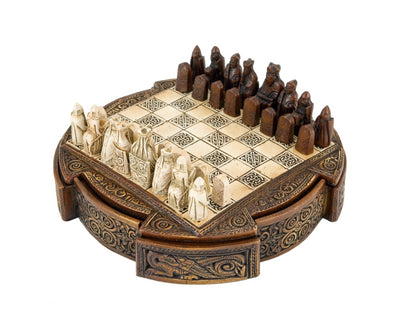
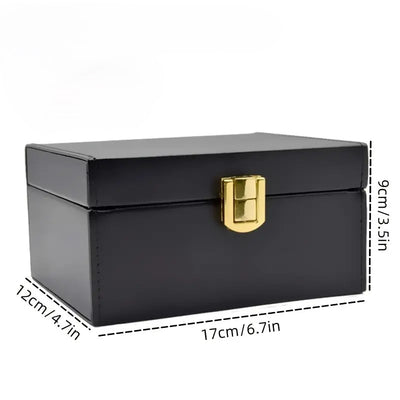
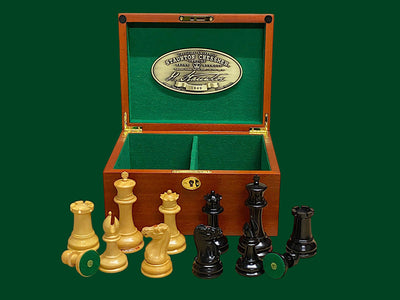
Leave a comment